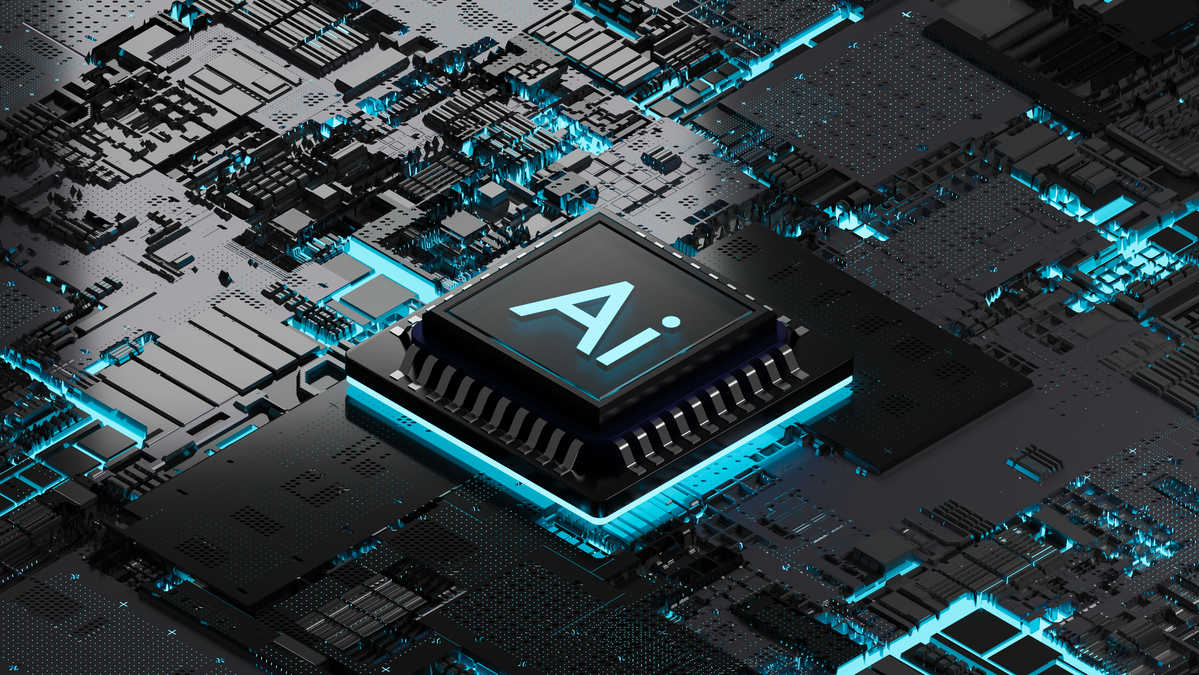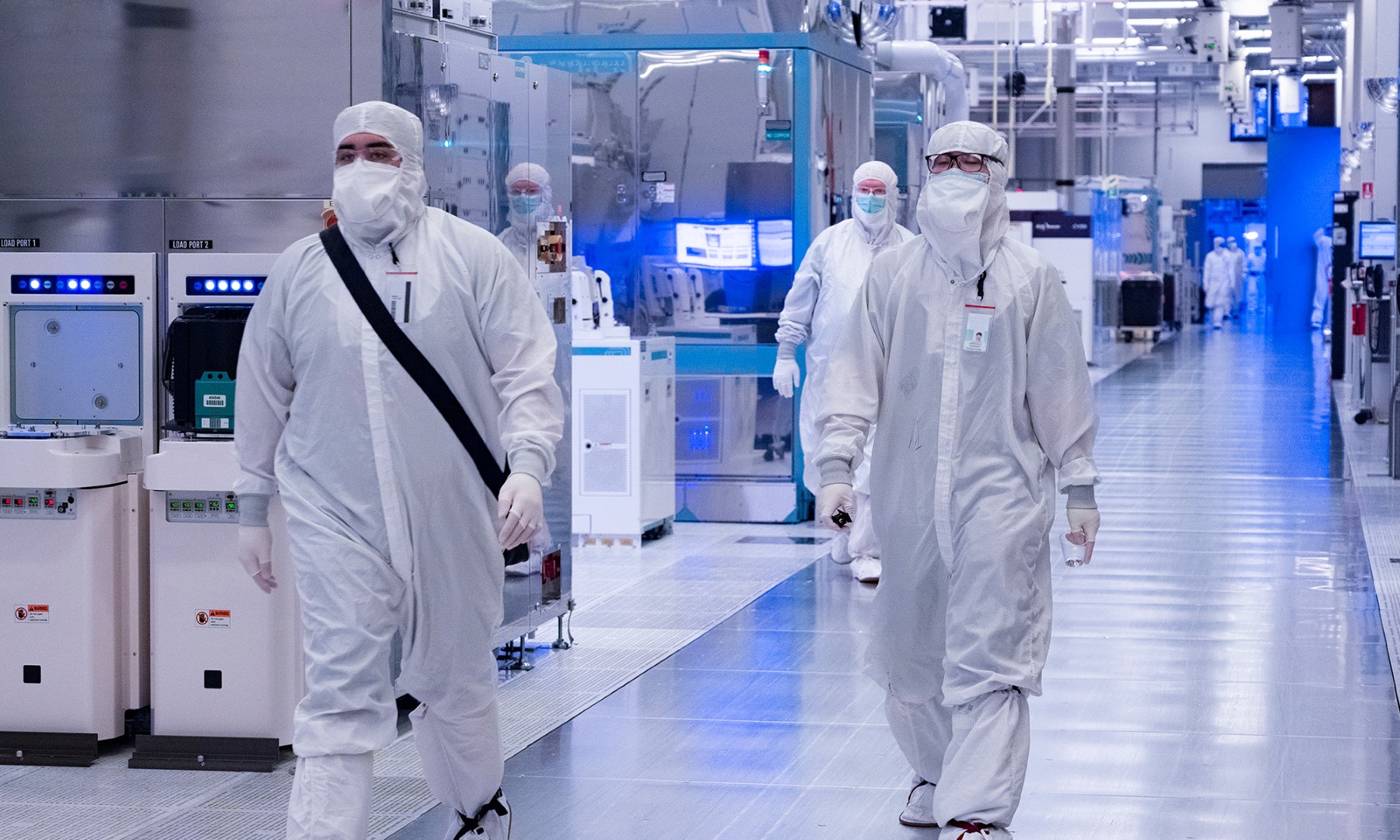By the time this article goes to publication, you'll be able to buy Microsoft's (MSFT +0.14%) latest Surface 3 tablet, which is widely viewed as a more portable -- and more affordable -- variant of the larger Surface Pro 3.
What I find particularly interesting is that Microsoft chose not to update the Surface Pro 3 to include Intel's (INTC +0.50%) fifth-generation Core processors, code named Broadwell, alongside the launch of the Surface 3 tablet.
Such an upgrade should have been fairly simple, particularly as Intel executives are so keen to point out that its fifth generation Core processors are "pin compatible" -- that means they'll plug into the same boards -- with the fourth generation Core processors that currently power the Surface Pro 3.
There's still time for Microsoft to roll-out a Broadwell-powered update to the Surface Pro 3 in a bid to capture "back to school" PC demand. However, given that Microsoft has had plenty of time to do so but hasn't, it stands to reason that the software giant will forgo a Broadwell update to its Surface Pro 3 and will skip straight to Intel's Skylake chips.
And, to make things even more interesting, I don't think Microsoft will use the full-power Ultrabook-oriented Core i-series chips for the next Surface Pro as it does with the Surface Pro 3; instead, I'm expecting Microsoft to transition the Surface Pro to Intel's Core M product line.
This is practically what Core M is designed for
Take a look at the following slide from Intel showing what kinds of devices each of its mobile processor lines are best suited for:

Source: Intel
In the Surface Pro 3, Microsoft is using 15 watt Core i-series chips aimed at everything from "ultra-thin notebooks" to "all-in-one desktops." The Core M family of products is aimed at everything from "premium tablets" to "large screen 2 in 1" devices.
The Surface Pro 3 has a 12-inch display, so I'd say based on the slide above, a Core M processor is more appropriate for the Surface Pro family of devices than a higher performance Core i-series chip is.
I suspect that with Skylake, the kind of performance that Intel will be able to deliver in a 4 watt power envelope will rival what Intel is getting in 15 watts with its Haswell chips today. This means that when the Skylake Core M chips are available later this year, Microsoft should be able to deliver a thin, light, and fanless device that offers approximately Surface Pro 3-level performance.
Why didn't Microsoft use Core M in 2014?
Note that the Surface Pro 3 launched in late June 2014. Microsoft had no choice but to go with Intel's Haswell-based Core i-series chips -- there was no Core M. Intel then rolled out Core M in the third quarter of 2014, but the Core M chips that delivered the performance that Intel intended didn't show up until the fourth quarter of 2014.
Microsoft possibly could have chosen to build an updated Surface Pro 4 around the "good" Broadwell-based Core M chips in early 2014. However, this product would be obsolete within two or three quarters once Intel rolled out the Skylake-based Core M chips.
Additionally, Microsoft probably wants a new Surface device to launch alongside Windows 10, so it likely made sense for Microsoft to just skip over the Broadwell-based Core M and update the Surface Pro when Skylake and Windows 10 become available.






